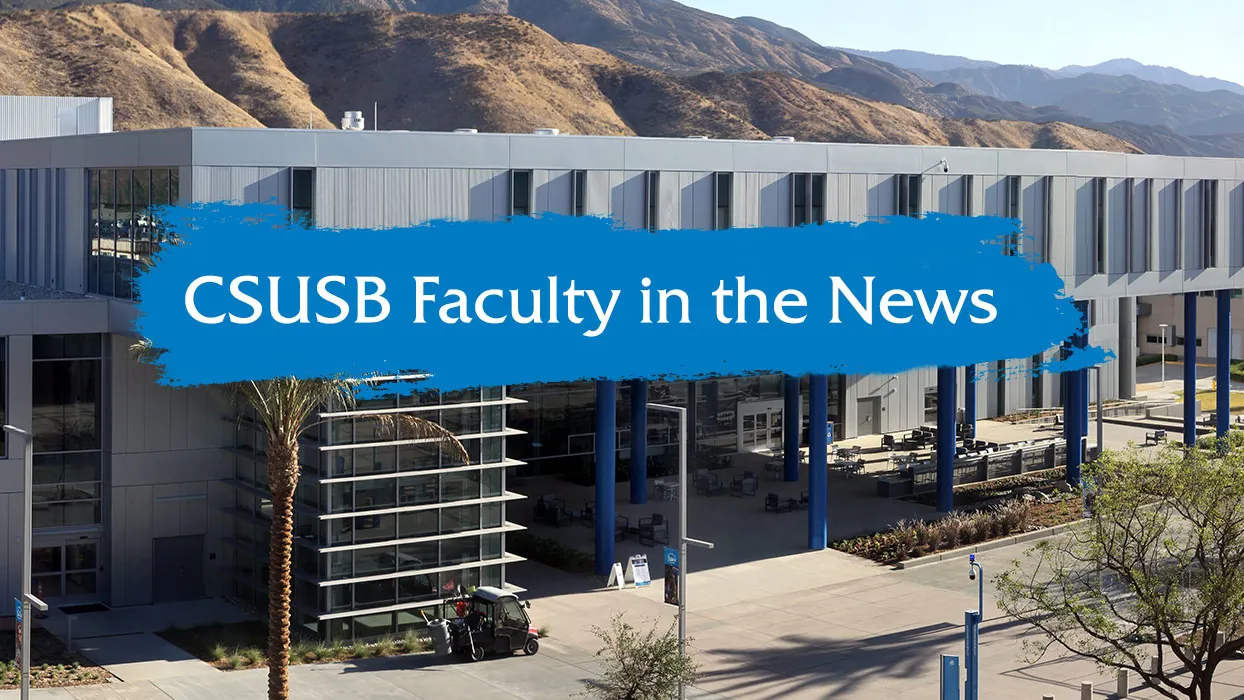NOTE: Faculty, if you are interviewed and quoted by news media, or if your work has been cited, and you have an online link to the article or video, please let us know. Contact us at news@csusb.edu.
How did humans first reach the Americas?
Live Science
Feb. 19, 2023
Matthew Des Lauriers, director of the Applied Archaeology Program at California State University, San Bernardino, was interviewed for an article about how the first humans arrived in the Americas, and that they arrived much earlier than previously believed.
For decades, scientists assumed that people first arrived in the Americas by walking south from the now-flooded land bridge in the Bering Strait that once connected Russia to Alaska when sea levels were lower during the last ice age. But recent evidence suggests that these people were not the first to set foot on the continent.
According to the now-dominant "coastal route theory," that distinction belongs to humans who boated down the Pacific coast several millennia earlier. … And while the science is far from settled, the evidence increasingly points to the first Americans arriving by sea or land along the coast.
"The route taken by the initial migrants was almost certainly along the coast," said Des Lauriers. He described the earlier settlers as sophisticated maritime hunter-gatherers, who would have cast off south from the Bering Land Bridge and subsided on fish and game as they voyaged down the Pacific coast. Ultimately, Des Lauriers said, these intrepid seafarers parted ways. Some people followed rivers inland, while others continued south as far as Chile.
"The ocean would always have provided resources for skilled fishermen and hunters," Des Lauriers told Live Science in an email. "The most likely scenario is one of coastal fisher-hunter-gatherers moving along the North Pacific Coast."
Keys to effective online I-O master’s programs: Ensuring employability
Industrial and Organizational Psychology
Janet Kottke (psychology) cowrote an article about online industrial-organizational (I-O) master’s programs. Kottke and her colleagues wrote, “In our opinion, remote delivery is here to stay. Just as with brick-and-mortar (B&M) programs, there will be variability and different emphases in courses and programs offered remotely; however, clarity in what constitutes an appropriate online program is needed. Here, we seek to define the differences and variability within full-program remote delivery. Our focus is on remote delivery of programs where students can complete a master’s program completely online; however, much of what we discuss can be applied to blended delivery programs. In addition, we describe more fully how online programs can develop employability.”
These news clips and others may be viewed at “In the Headlines.”
